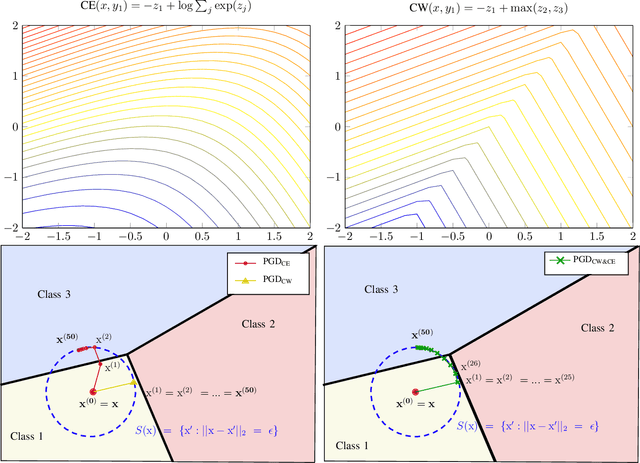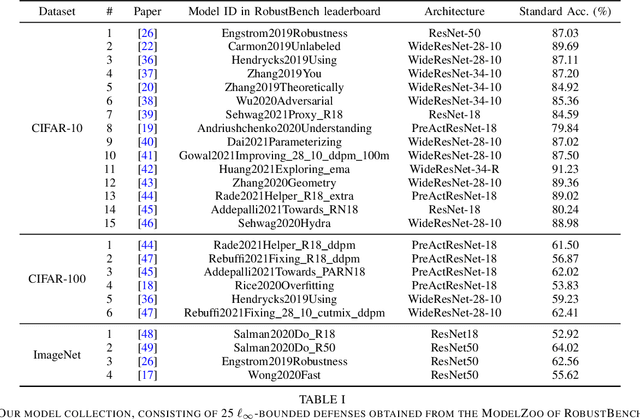Nikolaos Antoniou
Designing and Evaluating Speech Emotion Recognition Systems: A reality check case study with IEMOCAP
Apr 03, 2023


Abstract:There is an imminent need for guidelines and standard test sets to allow direct and fair comparisons of speech emotion recognition (SER). While resources, such as the Interactive Emotional Dyadic Motion Capture (IEMOCAP) database, have emerged as widely-adopted reference corpora for researchers to develop and test models for SER, published work reveals a wide range of assumptions and variety in its use that challenge reproducibility and generalization. Based on a critical review of the latest advances in SER using IEMOCAP as the use case, our work aims at two contributions: First, using an analysis of the recent literature, including assumptions made and metrics used therein, we provide a set of SER evaluation guidelines. Second, using recent publications with open-sourced implementations, we focus on reproducibility assessment in SER.
Alternating Objectives Generates Stronger PGD-Based Adversarial Attacks
Dec 15, 2022



Abstract:Designing powerful adversarial attacks is of paramount importance for the evaluation of $\ell_p$-bounded adversarial defenses. Projected Gradient Descent (PGD) is one of the most effective and conceptually simple algorithms to generate such adversaries. The search space of PGD is dictated by the steepest ascent directions of an objective. Despite the plethora of objective function choices, there is no universally superior option and robustness overestimation may arise from ill-suited objective selection. Driven by this observation, we postulate that the combination of different objectives through a simple loss alternating scheme renders PGD more robust towards design choices. We experimentally verify this assertion on a synthetic-data example and by evaluating our proposed method across 25 different $\ell_{\infty}$-robust models and 3 datasets. The performance improvement is consistent, when compared to the single loss counterparts. In the CIFAR-10 dataset, our strongest adversarial attack outperforms all of the white-box components of AutoAttack (AA) ensemble, as well as the most powerful attacks existing on the literature, achieving state-of-the-art results in the computational budget of our study ($T=100$, no restarts).
 Add to Chrome
Add to Chrome Add to Firefox
Add to Firefox Add to Edge
Add to Edge